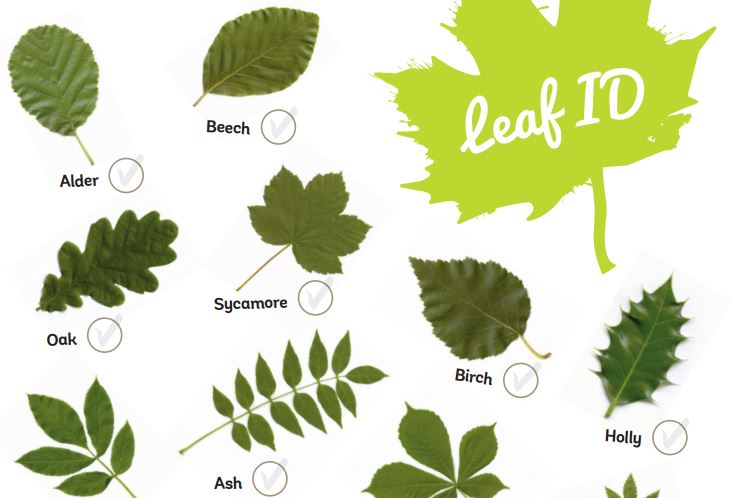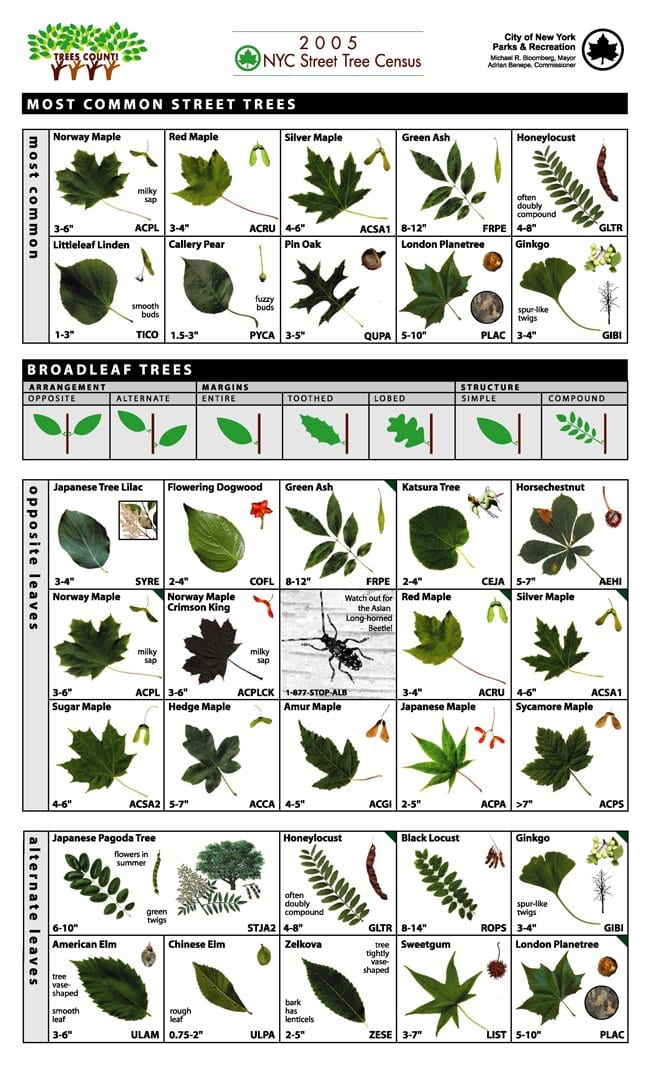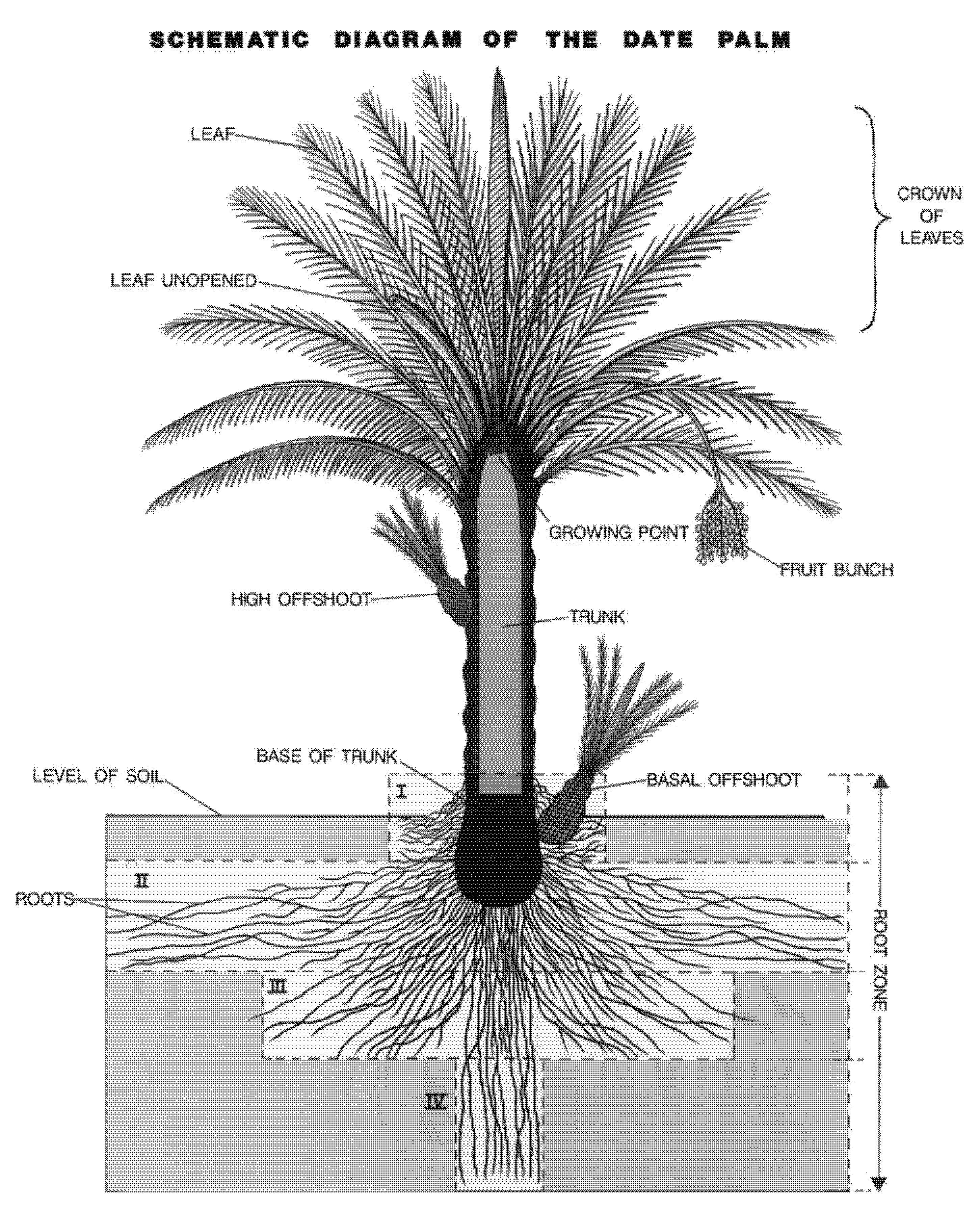

While the greatest number of species are associated with Asian nations, the Tilia genus (of which the American basswood is a part) is limited to certain areas in Europe and the eastern side of North America.

Related Reading: How many trees are planted each year? This family is composed of about 30 tree species that can be found through the temperate Northern Hemisphere. The American basswood tree or Tilia americana is a member of the Linden tree family (Tiliacea). 1 What Are Basswood Trees (Tilia Americana): Where Do Basswood Trees Grow? It is a multipurpose tree, and thanks to its rapid growth cycle, it’s easy to replenish. And its bark can be collected into fiber for the weaving of clothing and other tasks. Its flowers create a unique source of pollen which can be transformed into a delicious honey by busy bees. Its leaves have medicinal properties and can be made into a sweet tea. In fact, every single part of the tree is used and monetized. Related Reading: How many trees cut down each year? What Are American Basswood Trees Used For? In all, the wood from these majestic trees are used for the creation of wood pulp, plywood, veneer, window shutters and blinds, musical instruments, and other more delicate creations like puppets. It is also a major resource for the logging industry. These tall trees, often composed of several trunks, are beloved by woodcarvers, beekeepers, and bird watchers alike. If you live in the United States, you have, undoubtedly, interacted with an item made from basswood or even sat beneath one in a park or forest. This tree, which can be easily identified by their large, saw-tooth-edged, heart-shaped leaves, has a diverse array of uses thanks to it being very light and soft – indeed, it’s known as a superior softwood because of these qualities. Two examples of each type are shown here.Basswood trees have been a staple image for the central and east coast landscape of the United States. Tree identification by leaf shape – The first step is to decide whether the tree is a Broadleaf tree or a Conifer. When you take the photograph always include a hand or finger alongside it to indicate the size of the leaf.

Tree leaf guide download#
If you can take a photo of the upper side and lower side of the leaf, download it to your computer and compare it with other leaves in this guide when you get home. Most Conifers are Evergreens and have leaves all the year. Many conifers have leaves in the form of needles – are they clustered or in rows and how long are they? Most Broadleaf trees have leaves from spring to autumn. Is the leaf lobed or split into leaflets. Note the veins visible on the underside – how many are there on each side of the main rib and are they straight or curved. Get hold of a leaf, examine it closely and note the shape of the leaf, its size and colour and whether it is toothed or smooth edged. You can most reliably identify a tree by the shape, colour and size of its leaves. Click HERE to go directly to the Conifer Leaf Key Tree identification by leaf shape – click HERE to go directly to the Broadleaf Leaf Key.


 0 kommentar(er)
0 kommentar(er)
